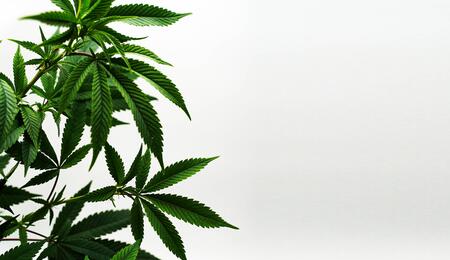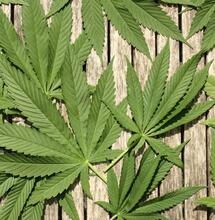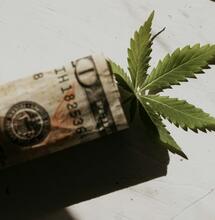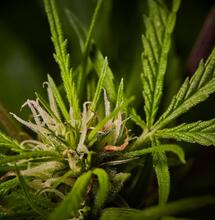DEA Adds 26 & Synthetic Marijuana' Substances to Government Blacklist

The Drug Enforcement Agency (DEA) said Tuesday that it expects to add 26 new synthetic drugs to its list of temporary Schedule I substances, an emergency authority that's used to control little-known, poorly researched new substances that the agency feels pose a threat to public health.
SOURCE: www.rawstory.com
AUTHOR: Stephen C. Webster
In the Food and Drug Administration Safety and Innovation Act, passed by the Senate in May and reconciled by the House last night, Congress agreed to expand the DEA's authority to control such substances by fiat, expanding the time they can temporarily ban a new drug from 18 to 36 months. Congress also set up an explicit framework for identifying "similar chemical compounds" that produce the same or similar effects on humans as any other Schedule I substance.
Marijuana is also considered a Schedule I drug: a placement that often draws criticism, as the classification is supposed to be reserved for substances that have no medical value.
The new Schedule I drugs have all been detected in so-called "synthetic marijuana" products like "K2″ and "Spice," among others, often marketed as herbal incense. The DEA calls these new drugs "cannabamimetic agents," noting that over 100 have been detected in recent years.
This is the second time in just over a year that the DEA has moved to add a batch of new drugs to Schedule I. The agency's first move against so-called "synthetic marijuana" products came in November 2010, when the agency took control of five specific compounds.
The original chemicals in "Spice" and its variants were synthetic cannabinoids known as JWH-018, JWH-073, JWH-200, CP-47 and cannabicyclohexanol. In low doses, these drugs can cause a marijuana-like high that produces laziness, hunger and mirthfulness.
In larger doses, which are often impossible to measure with any accuracy, some have reported suffering paranoid hallucinations, extreme forgetfulness, heart palpitations, elevated blood pressure and seizures. In some cases, doctors have seen symptoms last for days, and some have speculated that the substances may be a trigger for dormant schizophrenia.
Worse still for potential users, some variants of the synthetic cannabinoids are hundreds of times stronger than their more common cousins. That means if some distributor coats the legal plant material onto which the synthetics are normally sprayed (in order to allow for smoking) with the wrong substances, or the wrong concentration it could be enough to trigger a severe, intense reaction.
More troubling yet, the effects of the new chemical variants have not been fully cataloged, and authorities fear some may be even more potent than what's been banned. Prosecutors who bring charges against "synthetic marijuana" users or distributors have been having significant difficulty getting convictions, too, as chemists often needed to testify cannot do so with any authority because they know nothing about the emergent compounds.
Polling earlier this year found that synthetic marijuana blends have become immensely popular with teens and members of the military, as they were nearly impossible to test for until the DEA banned the substances. New tests have not been developed to counter the new chemicals due to a lack of common knowledge about them.



